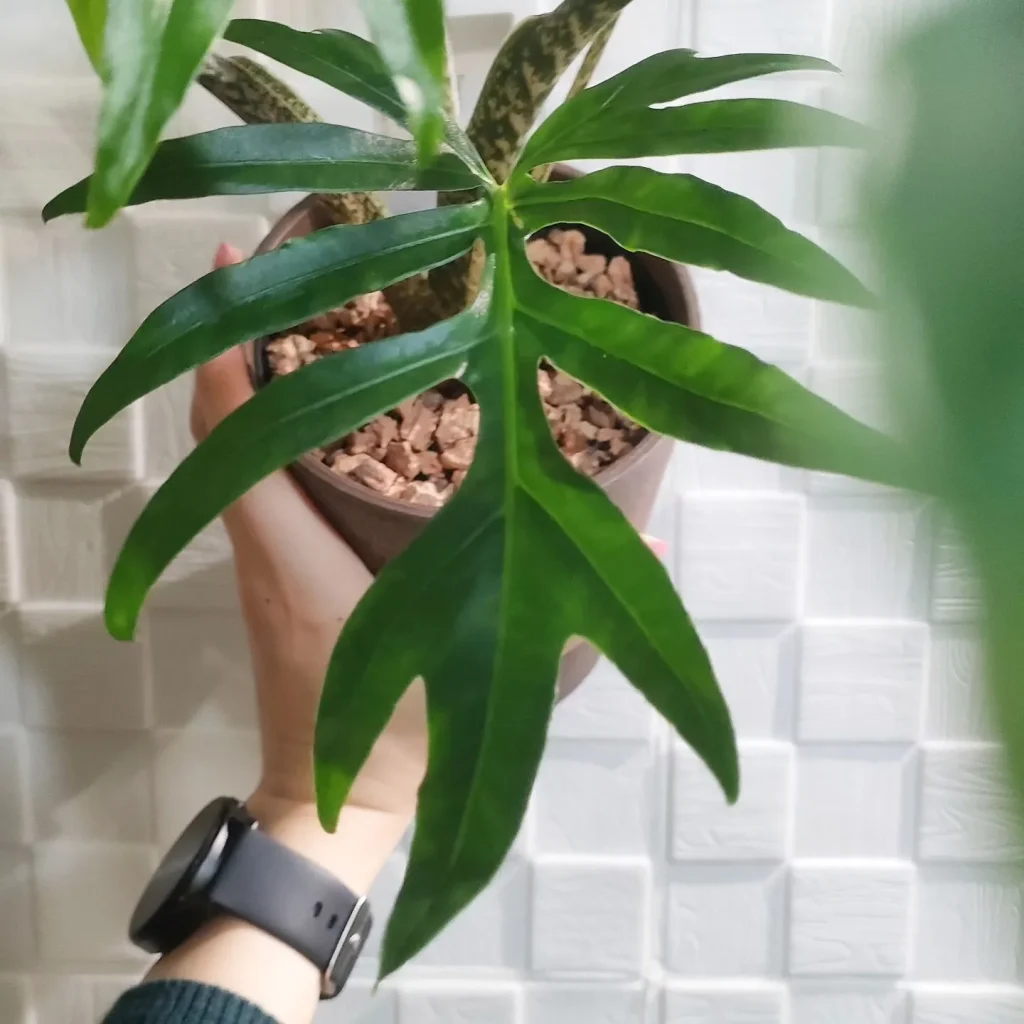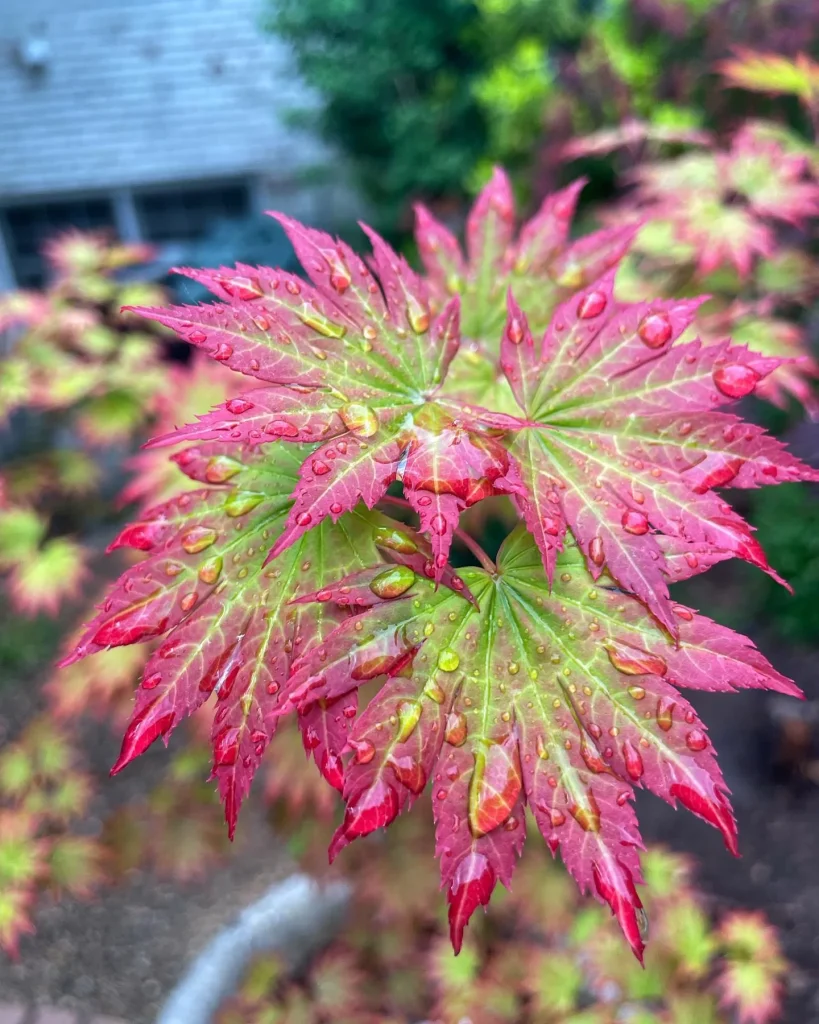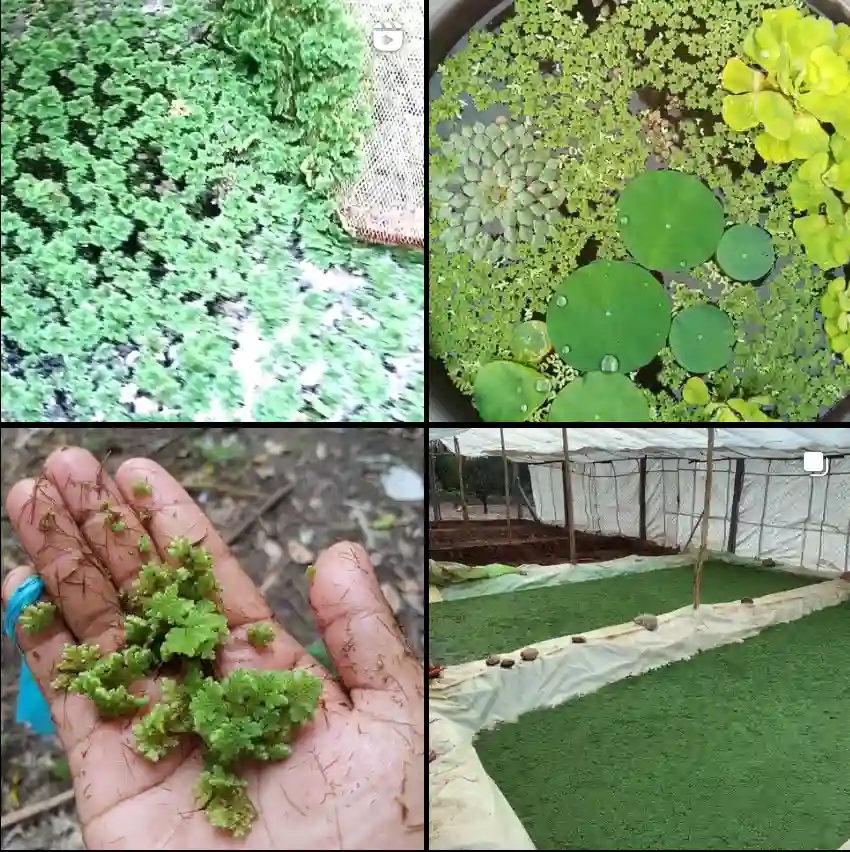
What is Adenium Arabicum?
Adenium Arabicum, a synonym of Adenium Obesum, commonly known as the desert rose, is a striking succulent plant native to sub-Saharan Africa and the Arabian Peninsula. It is known for its thick, swollen stem (caudex), which stores water, and its vibrant, trumpet-shaped flowers that come in various shades of pink, red, white, and yellow. This plant is popular for its unique, bonsai-like appearance and its ability to thrive in arid conditions.
6 Species in Genus Adenium
How to care for Adenium Arabicum?
Caring for Adenium Arabicum involves providing it with the right conditions to thrive:
- Light: I place my Adenium obesum in a spot where it receives plenty of bright, direct sunlight, ideally at least six hours a day. This helps promote healthy growth and flowering.
- Watering: I water the plant thoroughly when the soil is dry, typically every 7-10 days during the growing season. In the winter, I reduce watering significantly, only providing enough to keep the soil from completely drying out.
- Soil: The plant prefers well-draining soil. I use a cactus or succulent mix, often adding extra sand or perlite to ensure proper drainage.
- Temperature and Humidity: Adenium Arabicum thrives in warm temperatures between 70°F and 90°F (21°C to 32°C) and does not tolerate cold well. I keep it indoors during winter if temperatures drop below 50°F (10°C).
- Fertilizing: During the growing season, I feed the plant with a balanced, water-soluble fertilizer every 4-6 weeks, diluted to half strength.
- Pruning: Regular pruning helps maintain its shape and encourages branching. I use clean, sharp tools to trim back leggy growth.
How to grow Adenium Arabicum from seed?
Growing Adenium Arabicum from seed is a rewarding process:
- Seed Selection: I start with fresh seeds, as they have a higher germination rate.
- Soaking Seeds: Soaking seeds in warm water for a few hours before planting can improve germination.
- Planting: I plant the seeds in a well-draining seed starting mix, lightly covering them with soil.
- Watering: I keep the soil consistently moist but not waterlogged, using a spray bottle to mist the surface.
- Light: Placing the seeds in a warm, sunny location or under a grow light helps them germinate. Seeds typically sprout within a week to ten days.
- Transplanting: Once seedlings have a few true leaves, I carefully transplant them into individual pots with well-draining soil.
How to propagate Adenium Arabicum?
Propagating Adenium Arabicum can be done through cuttings or seeds:
- Cuttings:
- I take a healthy stem cutting about 6 inches long, allowing it to callus over for a few days.
- I plant the cutting in well-draining soil and water sparingly until roots develop, which can take a few weeks.
- Seeds: Follow the same steps as growing from seed mentioned above.
How to prune Adenium Arabicum?
Pruning Adenium Arabicum involves cutting back leggy or overgrown branches to encourage a fuller, more compact shape. I use clean, sharp pruning shears and make cuts just above a node or where a leaf joins the stem. Pruning is best done in the spring before the growing season begins.
Is Adenium Arabicum poisonous to dogs?
Yes, Adenium Arabicum is poisonous to dogs. It contains toxic compounds called cardiac glycosides, which can cause severe symptoms such as vomiting, diarrhea, lethargy, and heart issues if ingested. It’s best to keep this plant out of reach of pets.
Are Adenium Arabicum perennials?
Yes, Adenium Arabicum is a perennial plant. It can live for many years with proper care, going through cycles of dormancy in the winter and active growth and flowering during the warmer months.
How difficult for Adenium Arabicum to bear fruit?
Adenium Arabicum can bear fruit, but it often requires hand pollination, especially if grown indoors or in areas without natural pollinators. The fruits are long, narrow pods that contain seeds. Successfully getting the plant to fruit can be challenging and requires patience and careful pollination techniques.
How long Adenium Arabicum desert rose flower last?
The flowers of Adenium Arabicum can last for several weeks. The blooming period typically extends from late spring to early fall, with individual flowers lasting around 1-2 weeks.
How long can Adenium Arabicum go without water?
Adenium Arabicum is drought-tolerant and can survive for several weeks without water, especially if it has a well-developed caudex. During dormancy in the winter, it can go even longer with minimal watering.
What soil do Adenium Arabicum like?
Adenium Abesum prefers well-draining, sandy or gritty soil. I use a cactus or succulent mix and often add extra sand or perlite to improve drainage and prevent root rot.
How to get Adenium Arabicum to bloom?
To encourage Adenium Arabicum to bloom, I ensure it gets plenty of bright, direct sunlight and avoid overwatering. A balanced fertilizer applied during the growing season also promotes flowering. Keeping the plant slightly root-bound in a smaller pot can sometimes stimulate blooming as well.
How to make Adenium Arabicum bonsai?
Creating an Adenium Arabicum bonsai involves regular pruning and training:
- Shaping: I prune regularly to maintain a compact shape and encourage branching. I also remove any unwanted shoots.
- Wiring: Using bonsai wire, I carefully shape the branches, being gentle to avoid damaging the plant.
- Root Pruning: Periodically, I trim the roots to keep the plant small and promote a dense root system. This is best done during repotting.
- Potting: I use a shallow bonsai pot with well-draining soil.
What eats Adenium Arabicum?
Common pests that may attack Adenium Arabicum include spider mites, mealybugs, and aphids. I regularly inspect my plant and treat any infestations with insecticidal soap or neem oil. Keeping the plant healthy and well-cared for also helps prevent pest issues.
If i die, water my plants!



